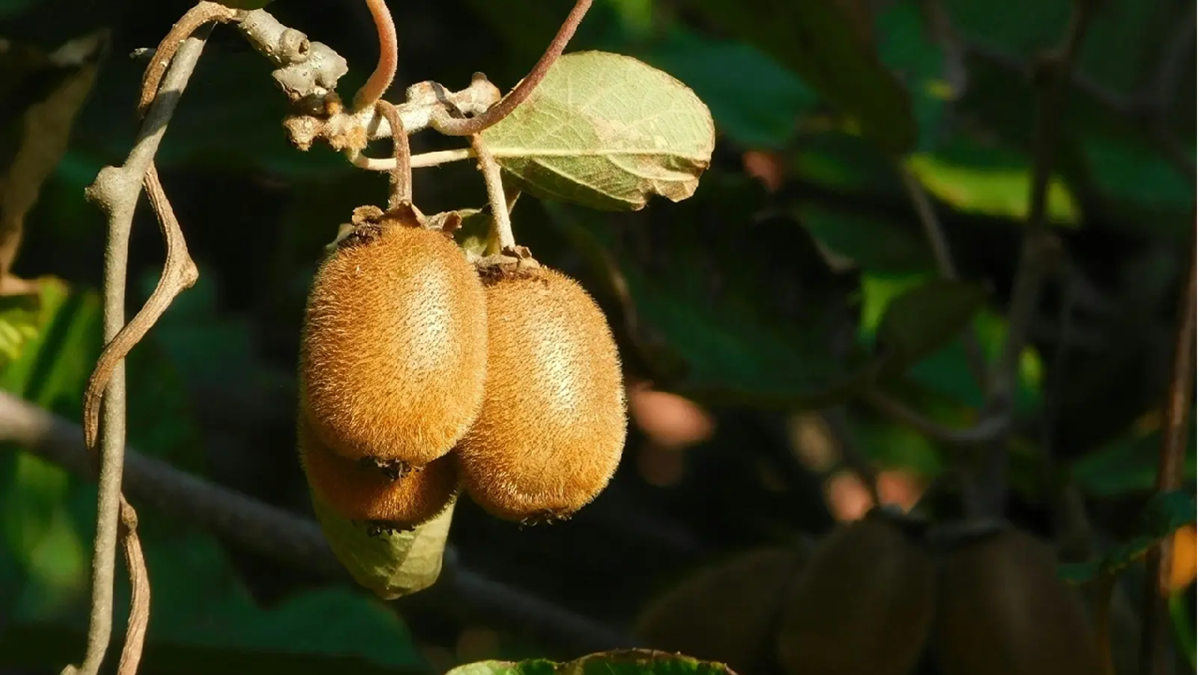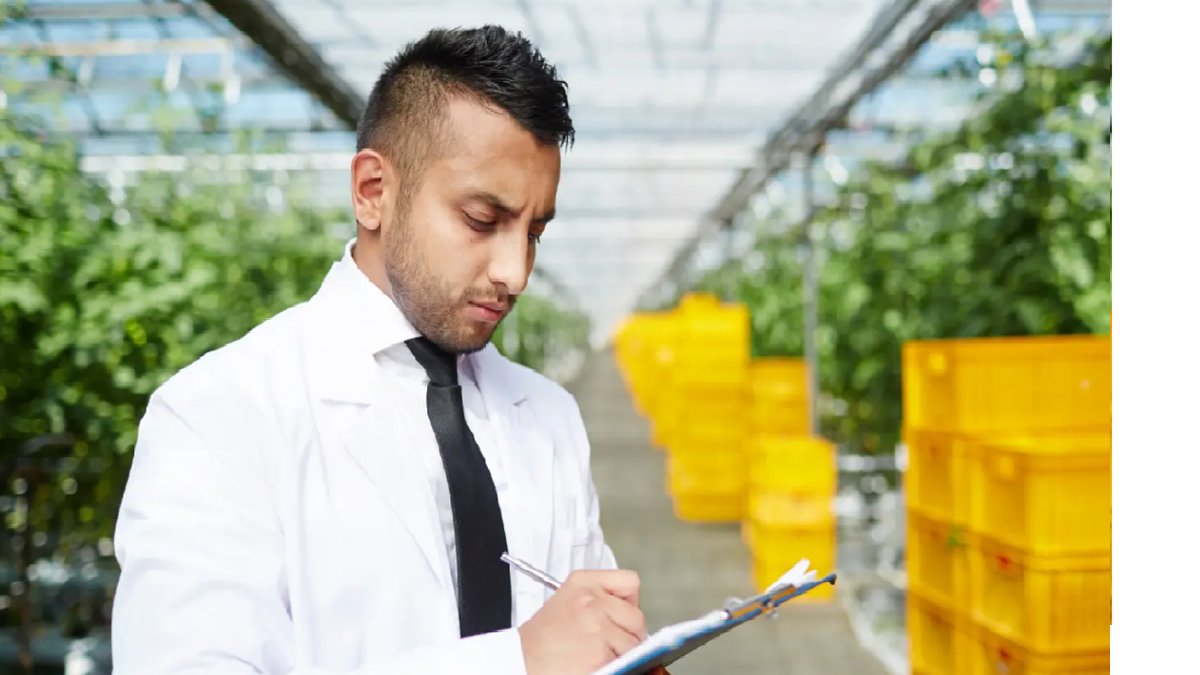Measurements
How AI analytics is transforming fruit quality control and monitoring
Fruit quality control and monitoring are necessary to ensure food safety, meet consumer demands, reduce labor and storage costs, and minimize food waste. Traditional methods are time-consuming and need instrumentation. Therefore, AI analytics in portable and stationary devices is quickly becoming standard for food evaluation. FELIX INSTRUMENTS discusses the AI analytics used for fruit control and monitoring. What is AI analytics Artificial Intelligence (AI) analytics uses one or many branches of AI to evaluate data and predict trends. It combines AI with traditional data analytics, where the analytical models or algorithms at the core of AI can analyze vast amounts of structured and unstructured data.
31 May, 2023
Fruit quality control and monitoring are necessary to ensure food safety, meet consumer demands, reduce labor and storage costs, and minimize food waste. Traditional methods are time-consuming and need instrumentation. Therefore, AI analytics in portable and stationary devices is quickly becoming standard for food evaluation. FELIX INSTRUMENTS discusses the AI analytics used for fruit control and monitoring. What is AI analyticsArtificial Intelligence (AI) analytics uses one or many branches of AI to evaluate data and predict trends. It combines AI with traditional data analytics, where the analytical models or algorithms at the core of AI can analyze vast amounts of structured and unstructured data. The huge data volumes are collected in various formats, kinds, and content. The data that has to be analyzed onsite can be heterogeneous (or multivariate) and have noise and redundancy. Organizing and cleaning data is necessary for traditional data analytics and requires time. Nowadays, AI tools that are automated can save time for these tasks. Complex statistical models and computing systems, which form part of AI analytics, are capable of conditioning and preprocessing data and performing the analysis needed to extract relevant information from the data. Before a model is used, it has to be trained or calibrated. One data set is used in training models, and a smaller one is used to test the models in the validation process. The results from the models are also compared to those from standard techniques to evaluate the model to judge if it can perform analysis independently onsite. The variety of calibration data will influence a models prediction powers. For example, Near Infrared spectroscopy data on quality parameters like soluble sugars for an apple cultivar Gala from only one season and a few orchards will have less variation, so the predicting power of the model trained with it will be lower. A model trained with data from apples from many years and many sites with varying environmental conditions makes predictions more accurate and applicable for Gala apple testing in a commercial tool. By making real-time analysis possible, AI Analytics is improving decision-making and enhancing operational efficiency in the entire supply chain of fruits. AI analytics in the agri-food sectorAgriculture operations are increasingly data-driven, from the farms and post-harvest stages to the retailers and food processing. None of the data is helpful unless it is analyzed in real-time and the insights presented are simple to understand so that they can guide users in making decisions. AI is made of many branches. The most well-known machine learning, computer vision, and deep learning are commonly employed in food production. AI tools can be used individually but are increasingly used in various combinations to tackle more complex tasks. Availability of cloud storage, smart machines, IoT, and blockchain technologies support AI analytics implementation in agri-food systems. There are numerous uses for AI analytics in food production. Precision agriculture could use a combination of machine learning, computer vision, and vegetative indices to analyze remotely sensed imagery to provide information on the health, growth, and productivity of crops and orchards. Field sensors that are part of IoT collect data on soil moisture and temperature, which can be combined with weather data from field installations or local weather stations to suggest irrigation schedules. As fruit growers broaden their focus from only quantity to include quality and food safety, the uses of AI analytics increase. The following sections will discuss the different AI branches used in fruit quality control, starting from the farms. Machine LearningMachine learning requires manual pre-extracted data for analysis, like NIR spectral data. Machine learning has three types: supervised, unsupervised, and reinforcement learning, depending on the training method and whether the data has labels. Statistics, both qualitative and quantitive kinds are central to machine learning. The models can be pattern classification, probability estimation, regression analyses, etc. The standard statistical models used in machine learning are Bayesian, Decision Tree, Support Vector Machine (SVM), Artificial Neural Networks (ANN), Fuzzy C Means, Random Forests, Convolutional neural network (CNN), K-Nearest Neighbors (KNN), Logistic Regression, and Linear Discriminate Analysis (LDA). - Support Vector Machine is a Supervised learning model. - K-means and Fuzzy C Means are unsupervised learning models. - Random Forests and Decision Trees are pattern recognition models. - Bayesian, Logistic Regression is a probability, estimation-based model. - Principal Components Analysis (PCA) and Linear Discriminant Analysis (LDA) are dimensionality reduction methods. The data analyzed can be qualitative or quantitative. Qualitative analysis can be helpful in detecting the shape, color, size, or odor of fruits and vegetables, while quantitive quality analysis will examine attributes like total soluble sugars, dry matter, titrable acidity, or pH. ApplicationMachine learning models are often combined with Machine Vision Systems for various purposes: 1. Classification, evaluation of fruit grades, predicting trends, detection of bacterial spoilage, and quality. 2. It is also possible to use machine learning to analyze hyperspectral images from machine vision to estimate internal chemical quality parameters. The processing time is swift, and machine learning models can be integrated with real-time conveyors to grade and sort fruits. Or for use in portable devices for retailers and suppliers. 3. Machine learning models are also standard in monitoring and controlling food processing to enhance end-product quality. 4. Detecting food spoilage in packages for culling to maintain the quality of the batch. 5. Detecting foreign objects like fungal growth or insects through X-ray imaging and supervised learning models. The foods monitored so far are apple, apricot, blueberry, cherry, citrus, mango, peach, pear, pomegranate, strawberry, tomato, onion, bean, coffee bean, olive, tomato juice, and walnut.












